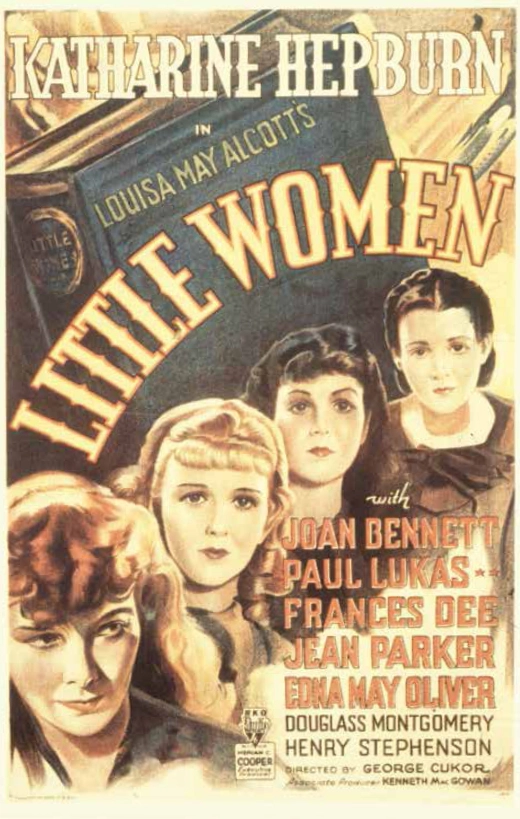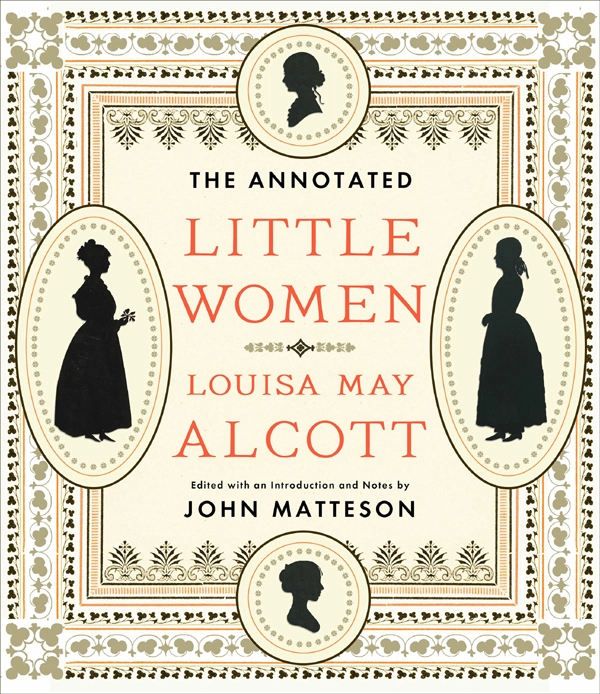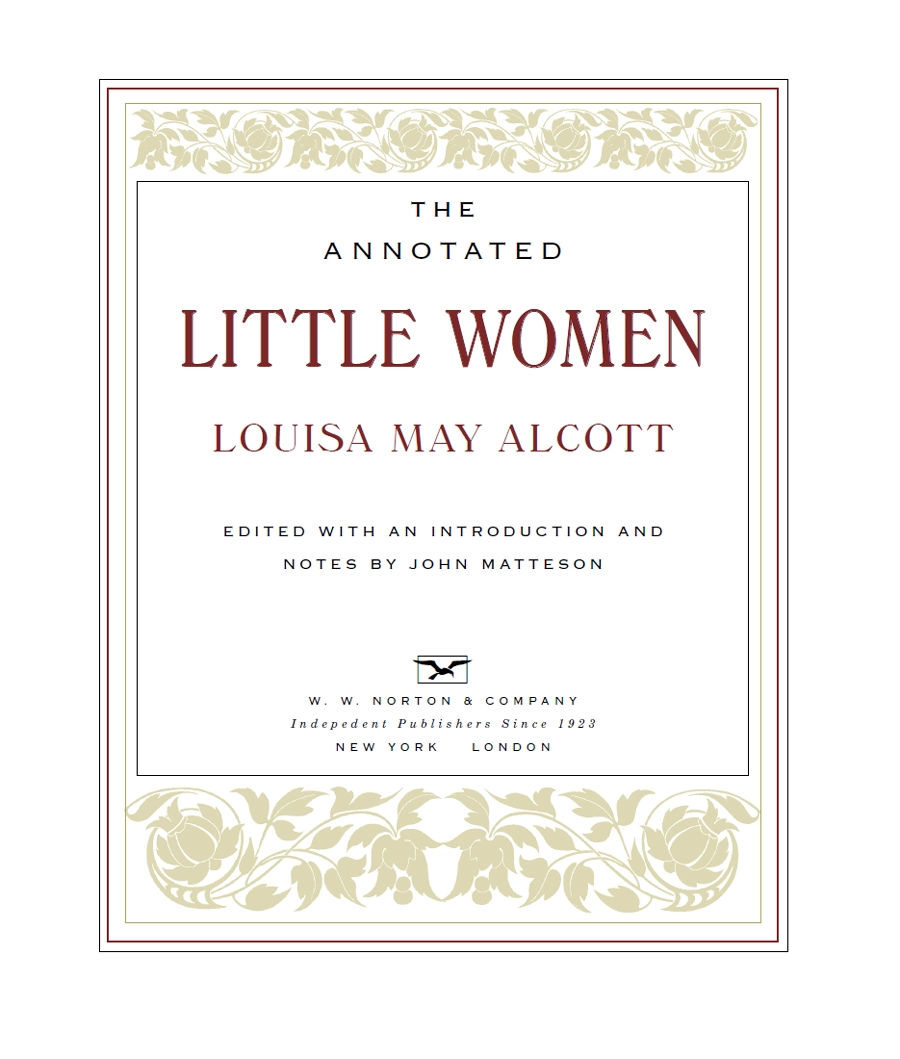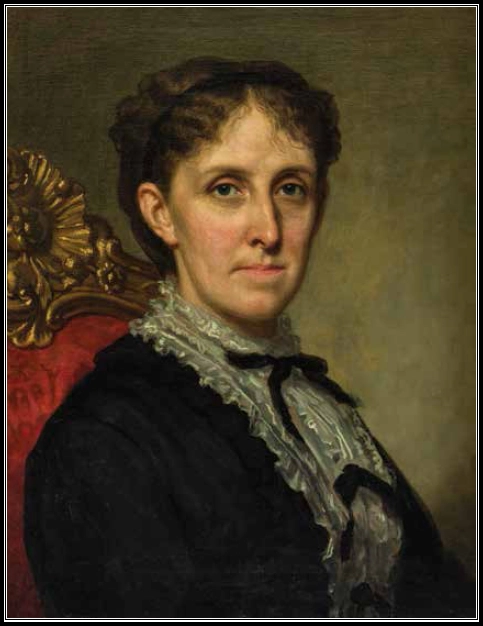The Annotated Little Women Read Online

To highlight the literary value of the production, the design of this poster for the 1933 RKO film of Little Women incorporated the first edition of the first half of the novel. (Photofest)

PREDATING Tom and Huck, Jim Hawkins and David Balfour, Dorothy and the Wizard, and only three years junior to Lewis Carroll’s Alice, the March sisters of Little Women stand virtually at the inception of modern children’s literature. First appearing in the autumn of 1868, Meg, Jo, Beth, and Amy were destined to bring forth countless literary offspring. From the novels of Frances Hodgson Burnett to Anne of Green Gables to The Sisterhood of the Traveling Pants, it is a rare book for young girls that owes no debt to Louisa May Alcott and especially the ur-heroine of young women’s literature, Jo March. For such a far-reaching legacy, the initial image of Alcott’s four fictional sisters, as they sit by the fire and Jo grumbles about her lack of Christmas presents, seems a modest and almost unpromising beginning.
It is far from unusual for a children’s classic to begin with scenes of deprivation. As a genre, the children’s novel teems with armies of orphans. From Twain’s Tom Sawyer and Baum’s Dorothy to Burnett’s Mary Lennox and Sara Crewe, from Rowling’s Potter to Snicket’s Baudelaires, youthful protagonists typically find parents in decidedly short supply. Those juvenile heroes fortunate enough to have both parents intact invariably battle a host of other extraordinary ills, from gangs of bloodthirsty pirates to the influence of evil, disembodied brains. In such company, the problems that initially confront Meg, Jo, Beth, and Amy March in Little Women—an absent but not irretrievably lost father, an assortment of inner character flaws, and a deficiency of packages on Christmas morning—may seem comparatively mundane. Also conspicuously absent from Little Women is any character who comes close to a cosmic embodiment of All Things Evil. The four sisters have no Injun Joe with whom to contend, no Wicked Witch, no IT, no Lord Voldemort. The personal villains in the book never descend to any lower depths than Amy’s occasionally jealous schoolmates or the profit-maximizing editor who counsels Jo to add more blood and thunder to her magazine fiction.
Yet, despite these evident handicaps in the misery sweepstakes, Little Women has survived and flourished since its two parts were first published in 1868 and 1869. It has done so for a multitude of reasons, and many of them have to do with the very features that its fellow classics possess but which Little Women so conspicuously lacks. Little Women retains its importance in part because it recognizes that many of our most potent enemies lie within us and that life is far more likely to call on us to vanquish our vanity, selfishness, or ill temper than to battle actual evil wizards and slay physical dragons. The book succeeds as well because it reveals the value of the family. It does so not by depicting the horrors that ensue when a family has been shattered, but rather by celebrating the blessings that occur when family members surmount their differences and learn to love and support one another. Little Women also distinguishes itself from many of the later classic fictional treatments of American adolescents in that its view of the transition to adulthood is largely optimistic. Finding that the restraints and corruptions of “sivilized” society are too much for him, Huck Finn lights out to the territory. Salinger’s Holden Caulfield ends his narrative in a mental institution. Granted, there are moments when Little Women becomes more about the dread of growing up than about the act of growing up itself, and, of course, illness and death prevent Beth March from ever achieving a fully adult existence. Yet the stories of the three surviving sisters end in fulfillment of various kinds. Each has found the position and, more importantly, the work that will lead her to a life well lived.





1 comment